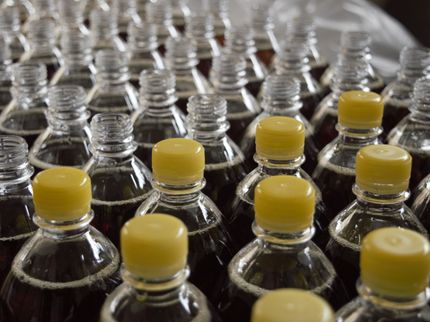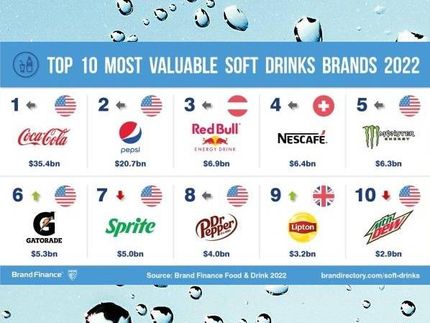"Iced tea is the new energy drink"
New consumption and use patterns for iced tea
Iced tea is a growth product group and has undergone a complete transformation compared to last year: within just one year, there has been a transformation process from a previously relatively product-homogeneous product group to a quasi two-pole product group. A number of attention-grabbing new launches have given the product group a modernised image. Iced tea is currently presenting itself as a hip lifestyle category in which the range of products on offer has become significantly more diverse.

Photo by Victoria Shes on Unsplash
With the Consumer Insights "Ice Tea 2021", mafowerk has examined the purchasing and consumption habits of German consumers in detail. A total of 1,000 consumers who buy or use iced tea were surveyed in a target group online study.
The results show that the signs for iced tea are clearly pointing to growth: almost 40% of all respondents said they were drinking more iced tea than in the previous year. The growth in iced tea is primarily due to newcomers such as BraTee, 4Bro and DirTea, which is also clearly visible in the new age structures: the growth is primarily driven by younger people up to 29 years of age, i.e. the classic "energy drinks age group", who have discovered iced tea as a new "feel-good drink" and have massively increased their consumption of iced tea - both among men and women. To put it somewhat exaggeratedly, one could say: "Iced tea is the new energy drink".
The new brands have also successfully used new ways of pre-selling: social media and influencers or You Tube have ensured that interest and awareness were available in time before and on time for the distribution build-up. The awareness rate through influencers on You Tube increases from 3.4% to 10.8% in one year for Eistee.
Even though iced tea is just evolving from a purely refreshing drink to a "feel good" drink: Refreshment and quenching thirst remain the main reasons for consumption, according to another clear result of this study. But even when it comes to the varieties, people tend to like it more classic: lemon and peach continue to be at the top of the popularity scale. New flavours such as melon or fruit mix/berries are mostly driven by the success of individual products.
About the study:
As part of the mafowerk study "Consumer Insights Iced Tea 2021", 1,000 consumers were surveyed in September 2021 about their purchasing and consumption habits for iced tea. The basis was a population-representative target group online survey of consumers who buy or consume iced tea. Among other things, the following topics were covered:
- Who is the potential target group, who buys?
- What are the purchase motivators and purchase barriers?
- When and where are these products used?
- How do the products get into the relevant set of the potential buyer?
- What terms are associated with iced tea?
- What is important about iced tea?
- Where are purchases made (brick-and-mortar shopping locations, online sales channels)?
- Where and how is it expected to be placed at the POS?
- What are the buying and selection criteria at the shelf for iced tea?
- Which brands are known? Supported and unsupported
- Which brands are purchased?
- What information channels are used?
- What do consumers expect? Which wishes have not yet been taken into account?
Note: This article has been translated using a computer system without human intervention. LUMITOS offers these automatic translations to present a wider range of current news. Since this article has been translated with automatic translation, it is possible that it contains errors in vocabulary, syntax or grammar. The original article in German can be found here.
Most read news
Other news from the department business & finance

Get the food & beverage industry in your inbox
By submitting this form you agree that LUMITOS AG will send you the newsletter(s) selected above by email. Your data will not be passed on to third parties. Your data will be stored and processed in accordance with our data protection regulations. LUMITOS may contact you by email for the purpose of advertising or market and opinion surveys. You can revoke your consent at any time without giving reasons to LUMITOS AG, Ernst-Augustin-Str. 2, 12489 Berlin, Germany or by e-mail at revoke@lumitos.com with effect for the future. In addition, each email contains a link to unsubscribe from the corresponding newsletter.





























































